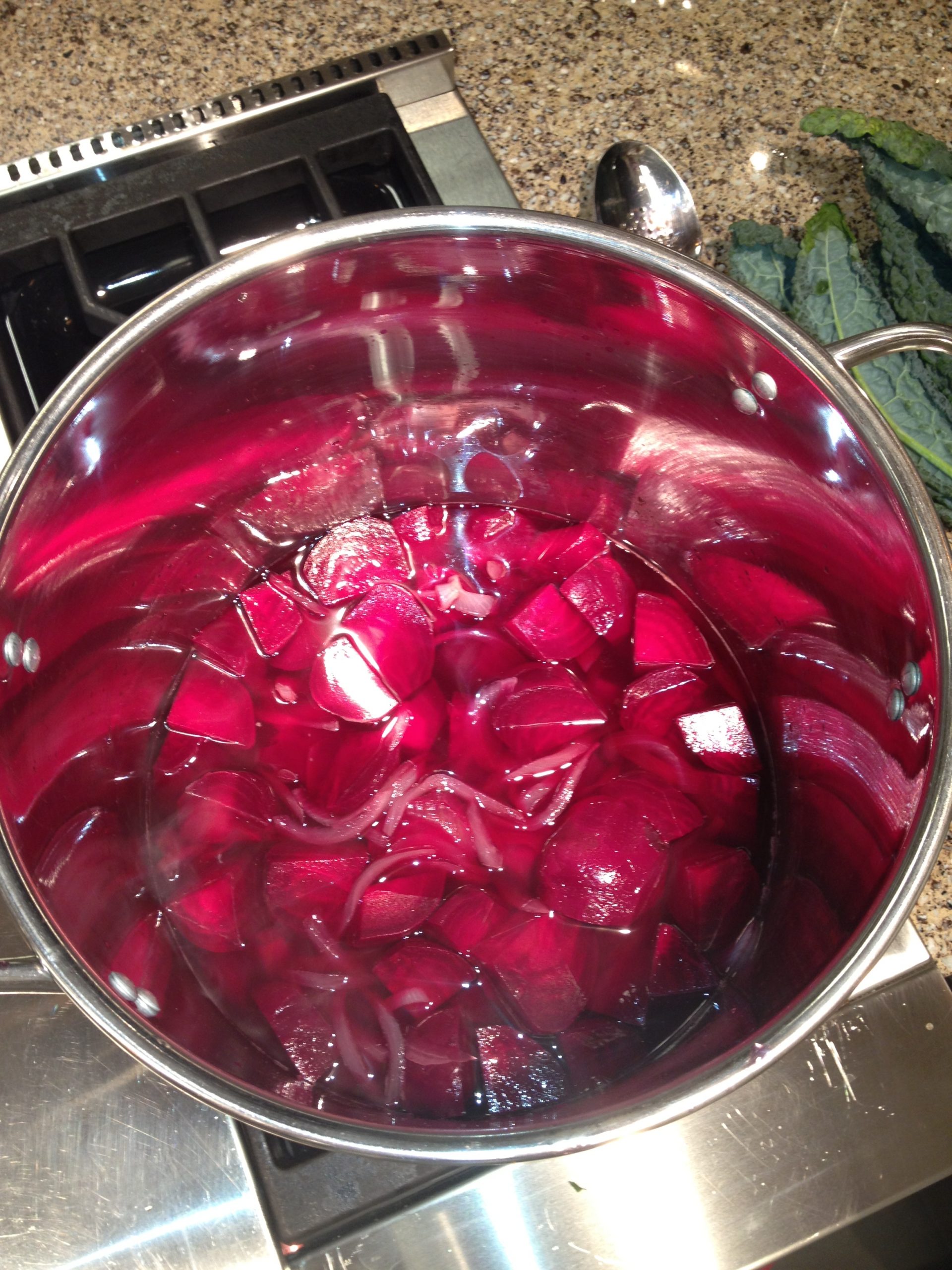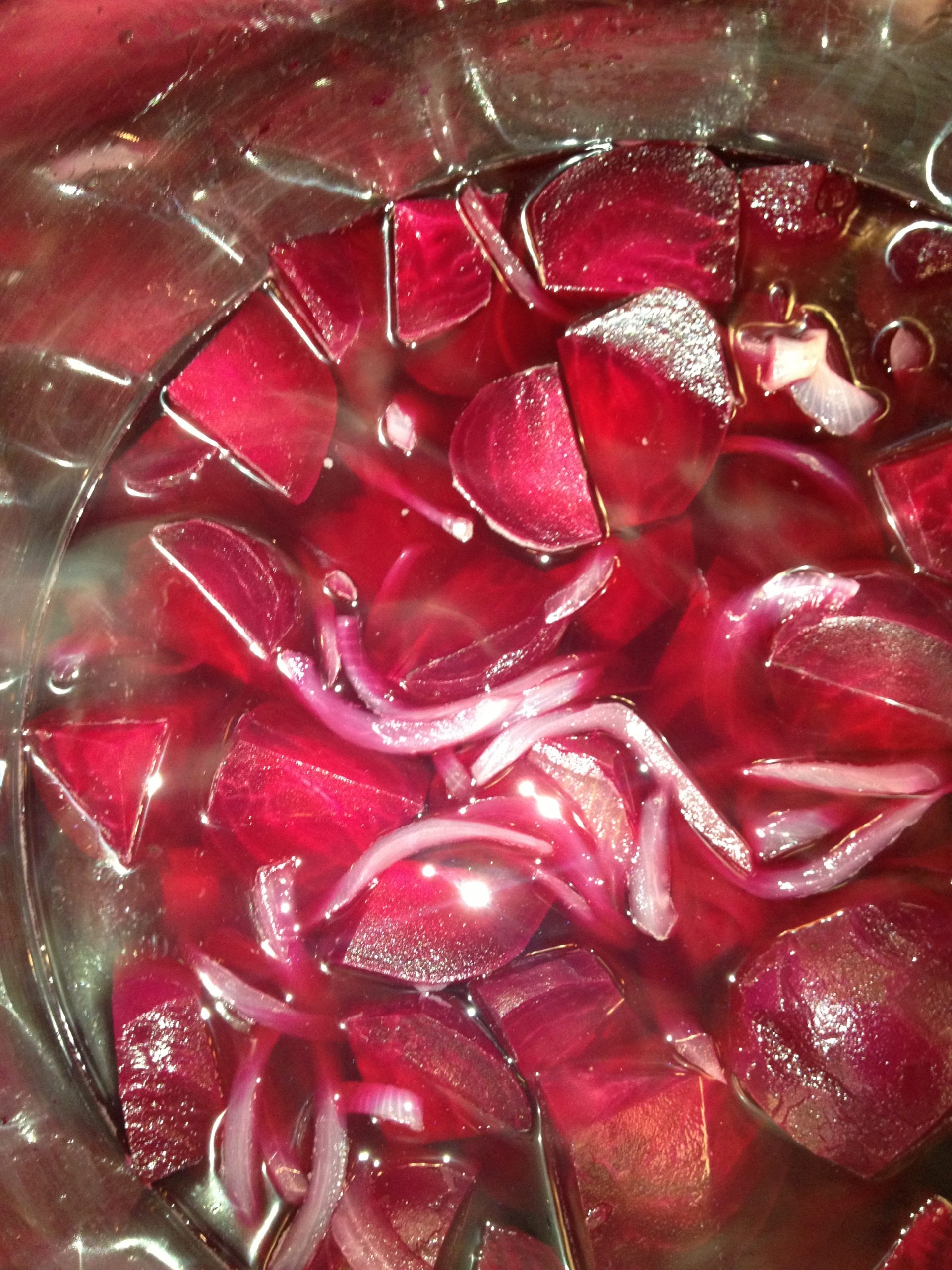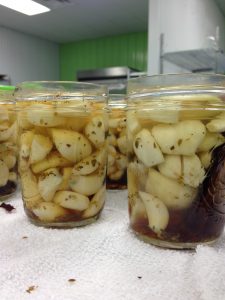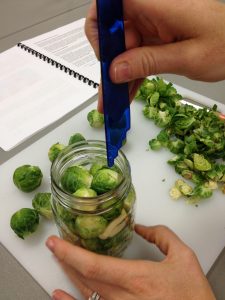Check this out!
Pickled beets and onions are a colorful, tangy way to preserve the flavor of fall’s harvest. This recipe blends earthy beets with sweet onions in a vinegar brine, creating a versatile side dish that’s as beautiful as it is delicious. Perfect for adding to salads, serving with meats, or enjoying straight from the jar, these pickles keep their flavor and texture for over a year when processed and stored properly.
(I sometimes use affiliate links in my content. This will not cost you anything but it helps me offset my costs to keep creating new canning recipes. Thank you for your support.)
By Diane Devereaux | The Canning Diva®
Last updated: August 11, 2025
A Bit of Beet History
Beets are one of the most versatile crops you can grow, sprouting from seed to harvest in as little as 50–70 days. Because they germinate quickly and thrive in both cool and warm seasons, gardeners can enjoy multiple harvests throughout the year. Their deep crimson hue isn’t just striking — it comes from a natural pigment called betalain, prized for its antioxidant properties and once used as a fabric dye in ancient civilizations.
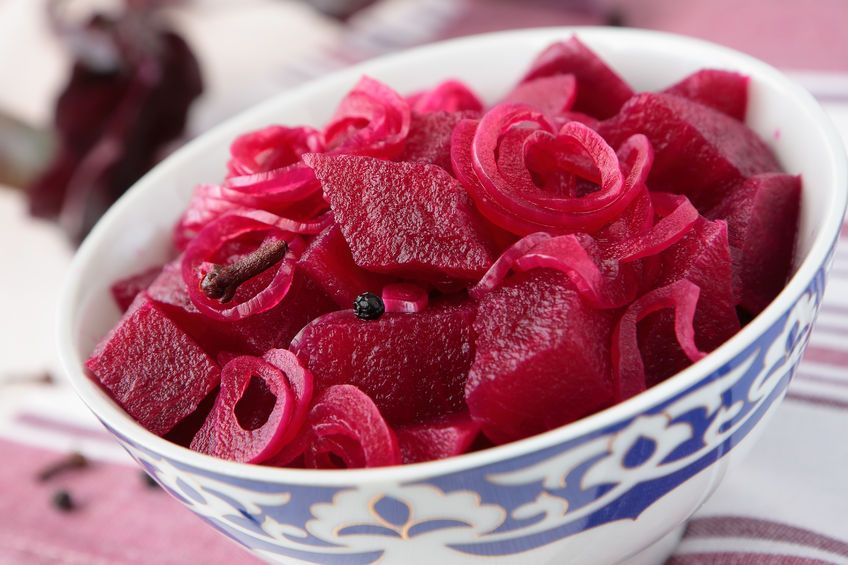
Historically, beets were cultivated by the ancient Greeks and Romans, but not for their roots — they valued the leafy tops as a vegetable and used the roots medicinally. It wasn’t until the 16th century that beets began appearing in kitchens across Europe as a staple food. Over time, cooks discovered that pickling beets in vinegar not only preserved them for months but also intensified their earthy sweetness and locked in their vivid color.
Today, pickled beets remain a beloved pantry item in many homes. Whether sliced over salads, paired with cheese, or enjoyed straight from the jar, their tangy-sweet flavor has stood the test of time. This recipe captures that tradition, blending tender beets with sweet onions in a brine that preserves both flavor and beauty for year-round enjoyment.
Nutritional Benefits of Beets and Pickled Beets
Beets are naturally rich in essential nutrients, making them as healthy as they are flavorful. They are an excellent source of folate, manganese, potassium, and vitamin C, along with dietary fiber that supports healthy digestion. Beets are also one of the few vegetables that contain betalains—plant pigments with strong antioxidant and anti-inflammatory properties. These compounds have been linked to supporting heart health, aiding detoxification, and promoting healthy blood pressure levels thanks to the vegetable’s natural nitrates, which can help improve circulation and oxygen delivery in the body.
When beets are pickled, they retain most of their vitamins, minerals, and antioxidants, while the vinegar brine adds an extra boost of probiotics if naturally fermented. Even when water-bath canned with vinegar, pickled beets still offer a nutrient-dense option with the added benefit of long-term shelf stability. While the added sugar in some pickling recipes increases the calorie content slightly, pickled beets remain a wholesome, flavorful way to enjoy this superfood year-round.
Pickled Beets and Onions
This recipe is a classic, transforming fresh garden beets and sweet onions into a tangy, slightly sweet side dish or salad topping. The vinegar brine locks in color, texture, and flavor while providing a safe and delicious long-term storage option.
Makes about 3 quarts or 6 pints
Ingredients
- Cheesecloth and string, or Butchers twine
- 3 tbsp pickling spice
- 2 ½ cups white vinegar
- 1 cup water
- 1 cup granulated sugar
- 10 cups of prepared beets (about 10 to 12)
- 2 large Vidalia onions, sliced
Instructions
- Using a 6” square piece of cheesecloth, place the pickling spice in the center and tie all four corners together using string to create a spice bag.
- Leave the root and 2 inches of the stem; thoroughly wash. Place whole beets in a large stainless steel stock pot, largest beets on the bottom. Cover with water and cook for about 30 minutes or until beets are tender.
- Using a slotted spoon or pinchers, place beets in a bowl of cold water in the sink. Keep the tap running to provide a stream of cold water to quickly cool the beets. Rub the skin of the beet off easily with your hands. Using a paring knife, remove root and stem; quarter larger beets, and keep the small ones whole.
- In a large stainless steel stock pot, combine vinegar, water, sugar, onions and the spice bag. Bring to a boil over medium heat stirring until sugar has dissolved. Boil gently for 15 minutes. After 15 minutes, remove the spice bag and discard. Add prepared beets and return to a boil.
- Using a slotted spoon, ladle the beet and onion mixture into jars leaving a 3/4-inch headspace. Next, ladle hot pickling brine over the mixture, filling jars to 1/2-inch headspace. Remove any trapped air pockets and adjust headspace by adding additional bring if necessary.
- Wipe the jar rims and screw bands using a washcloth dipped in vinegar. Place lids and rings on each jar and hand tighten.
- Process jars in a water bather, 35 minutes for quarts and 30 minutes for pints. Remember, processing time doesn’t begin until water is at a full rolling boil!
People Often Ask
Q: Can I use red onions instead of Vidalia onions?
A: Yes, red onions add a beautiful color contrast and a slightly sharper flavor to the pickles.
Q: Can I cut the beets into slices instead of quarters?
A: Absolutely. Uniform slices will pickle evenly, just maintain the required headspace when filling jars.
Q: What if I don’t have pre-mixed pickling spice?
A: You can make your own blend for this recipe by combining 1 tablespoon mustard seeds, 1 tablespoon coriander seeds, 1 tablespoon allspice berries, 1 teaspoon crushed red pepper flakes, 1 teaspoon whole cloves, 1 teaspoon ground ginger, 1 bay leaf (crumbled), and 1 cinnamon stick (broken into pieces). Mix well and use 3 tablespoons for this recipe, tying it up in cheesecloth as directed.
About the Author:
Diane Devereaux, The Canning Diva®, is a nationally recognized food preservation expert, author, and educator with over 30 years of home canning experience. She’s the author of multiple top-selling canning books and teaches workshops across the U.S. Learn more at TheCanningDiva.com.

